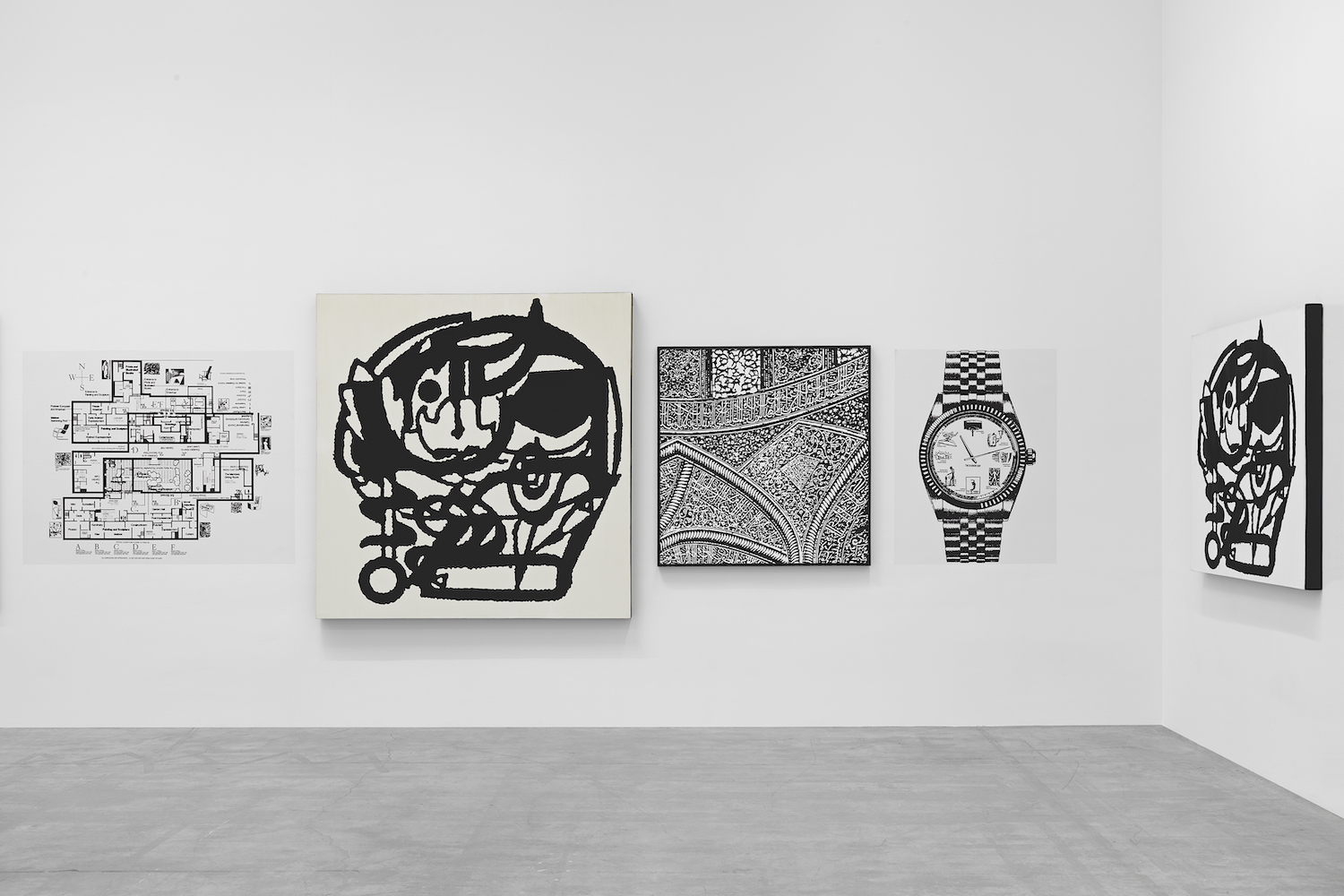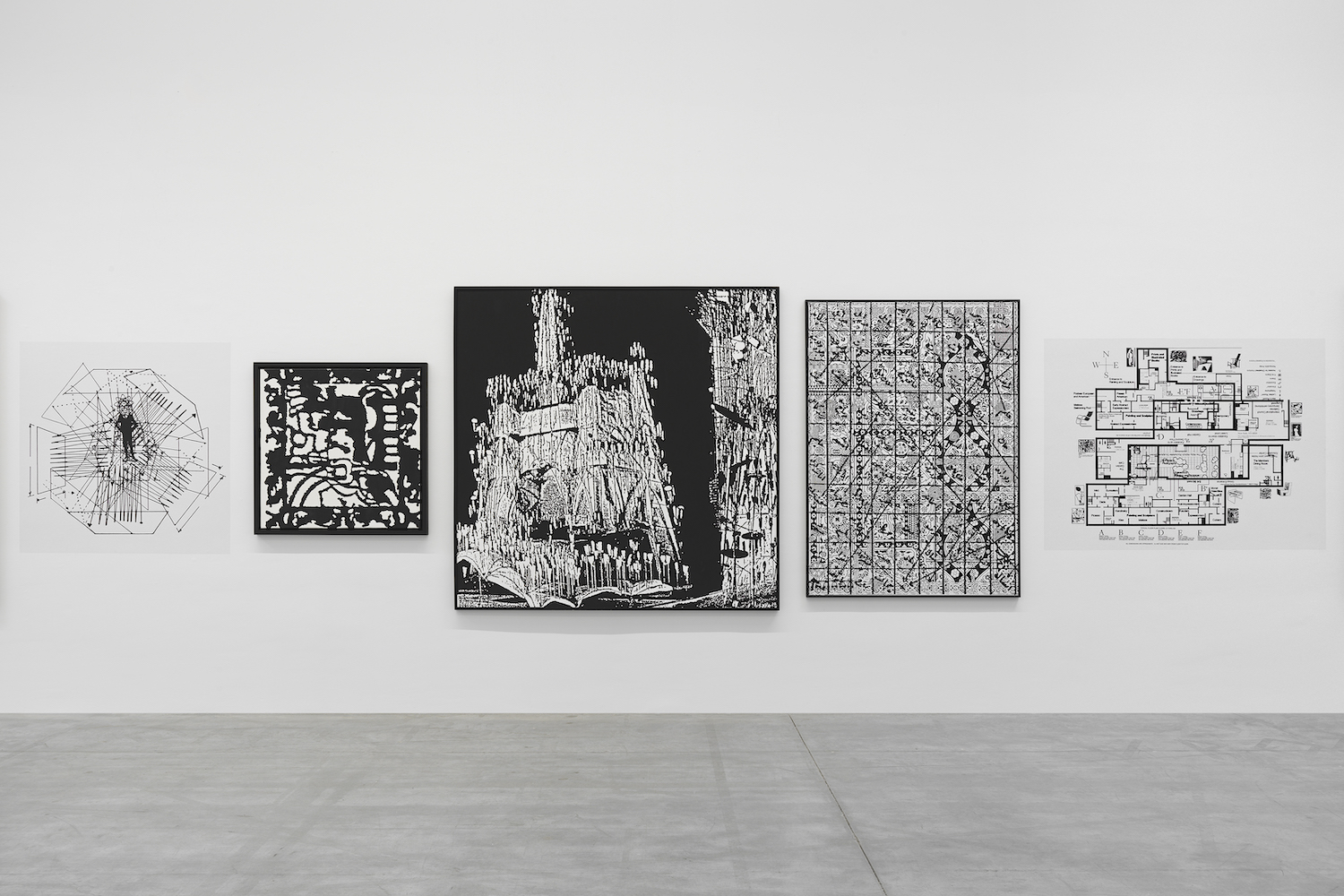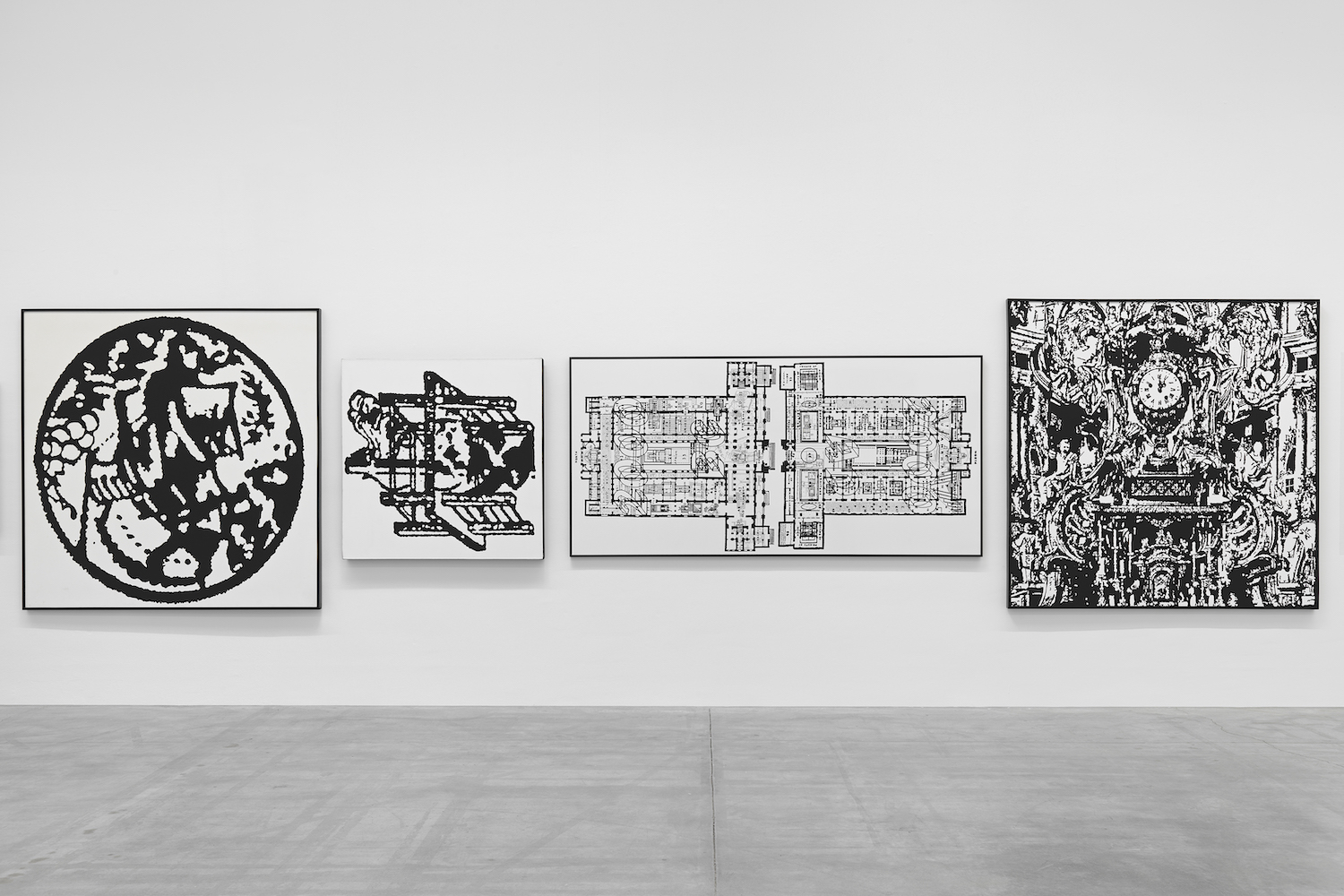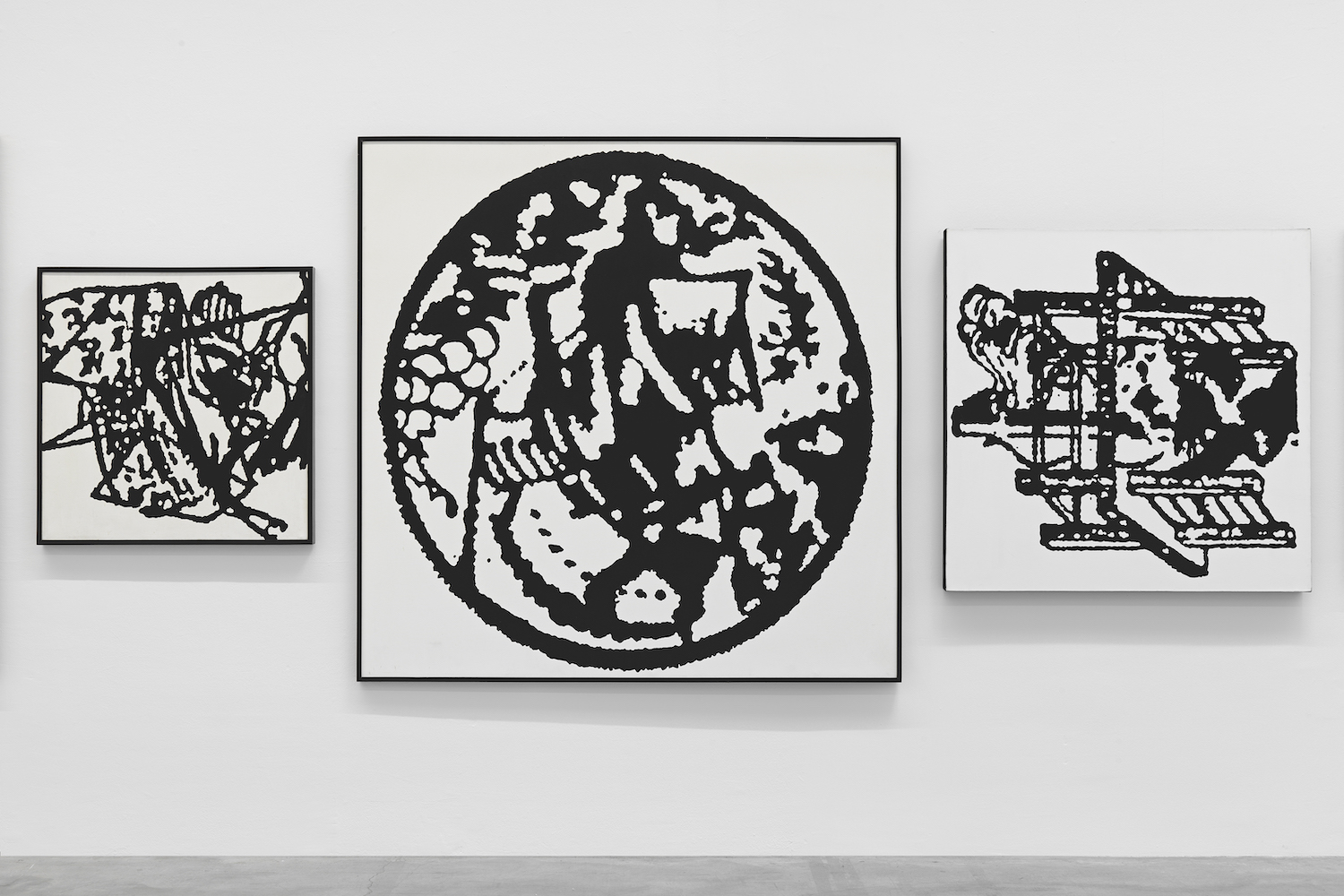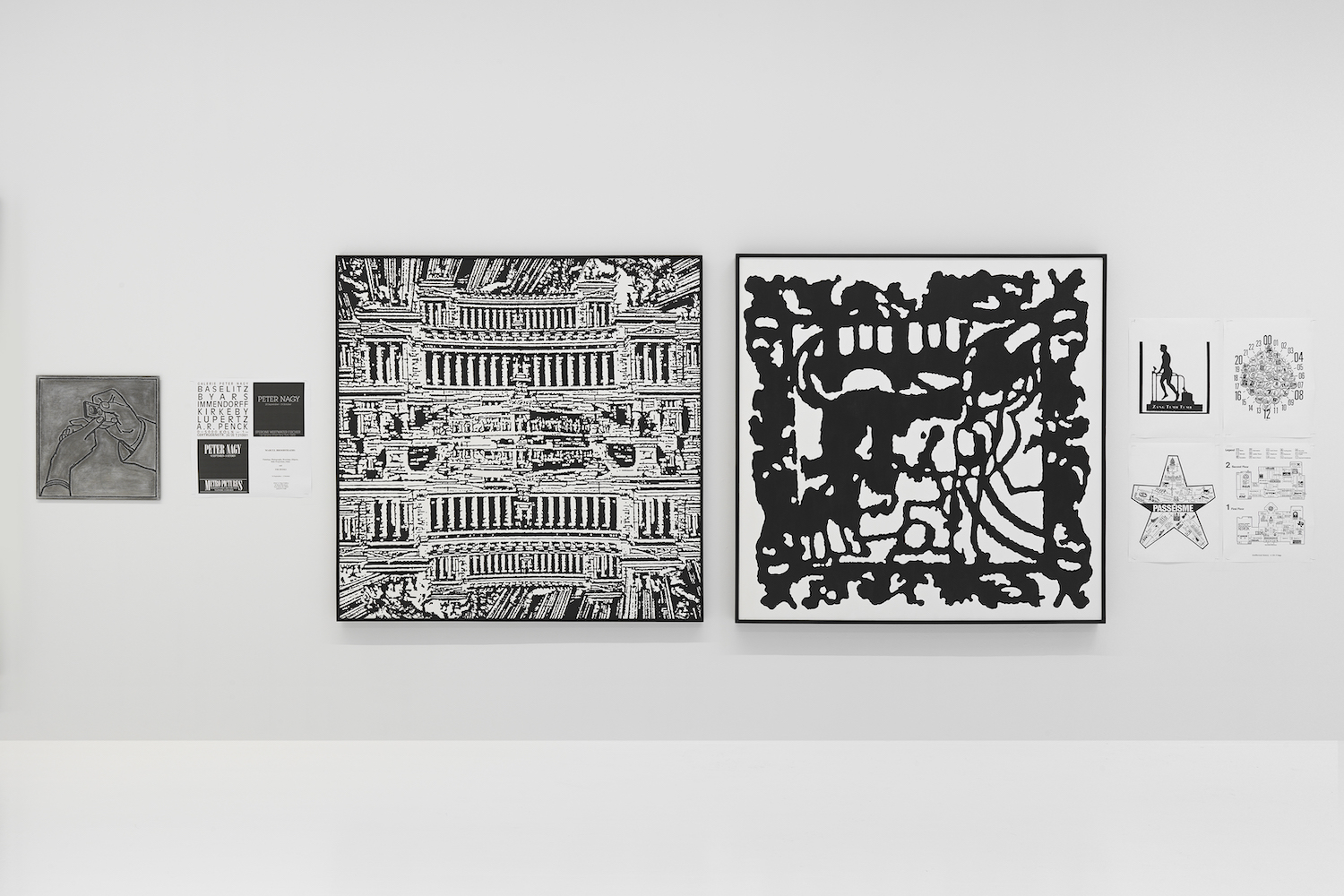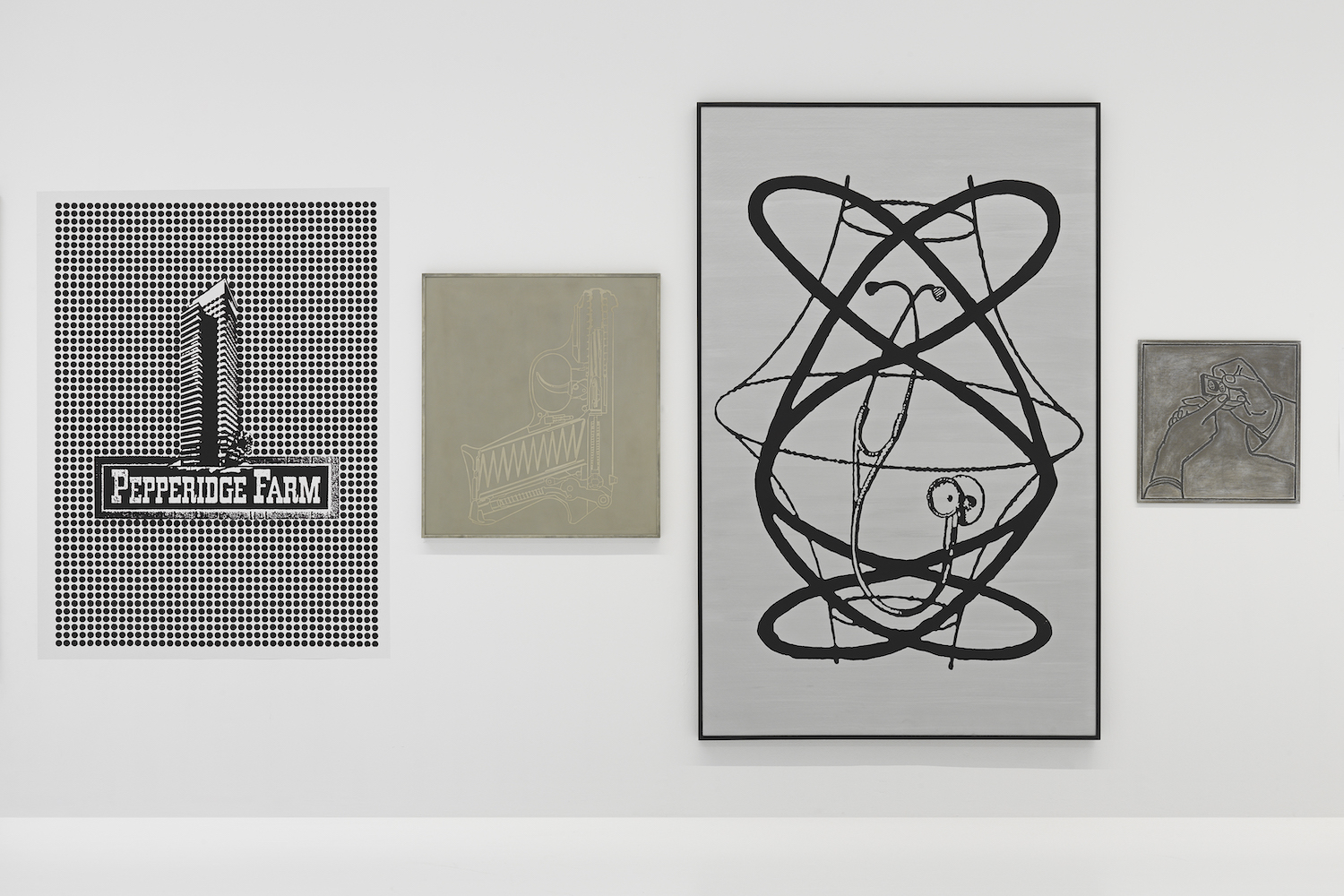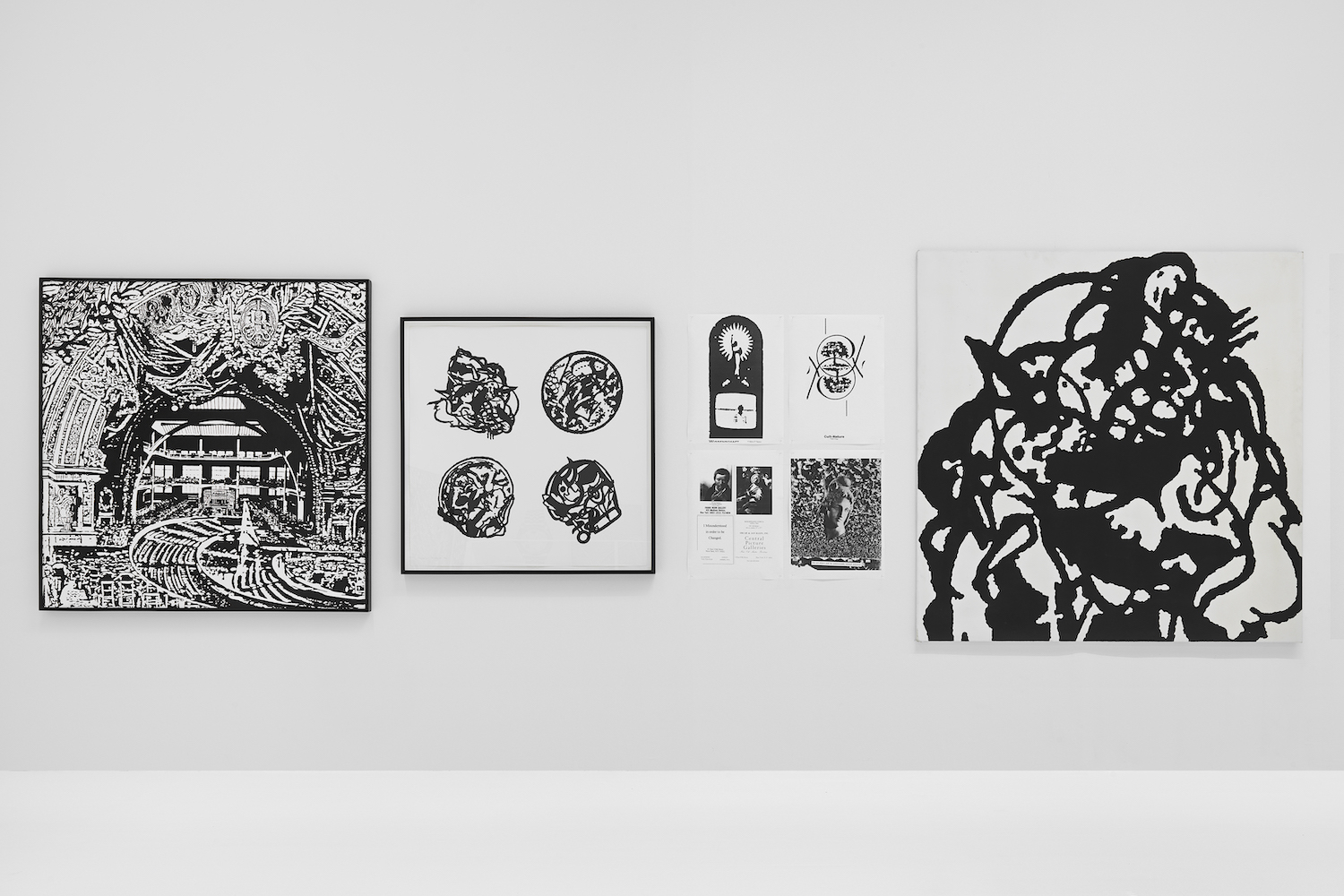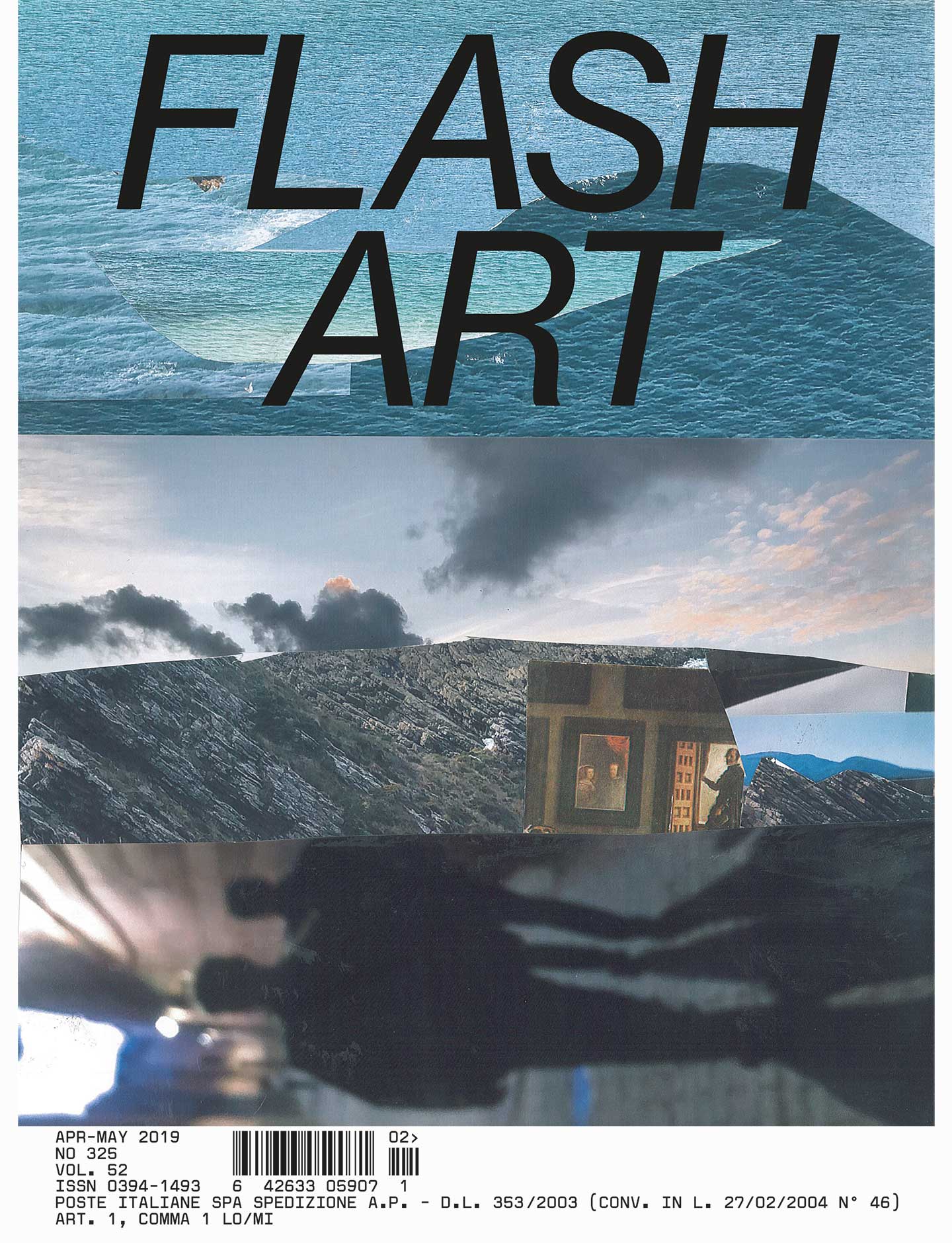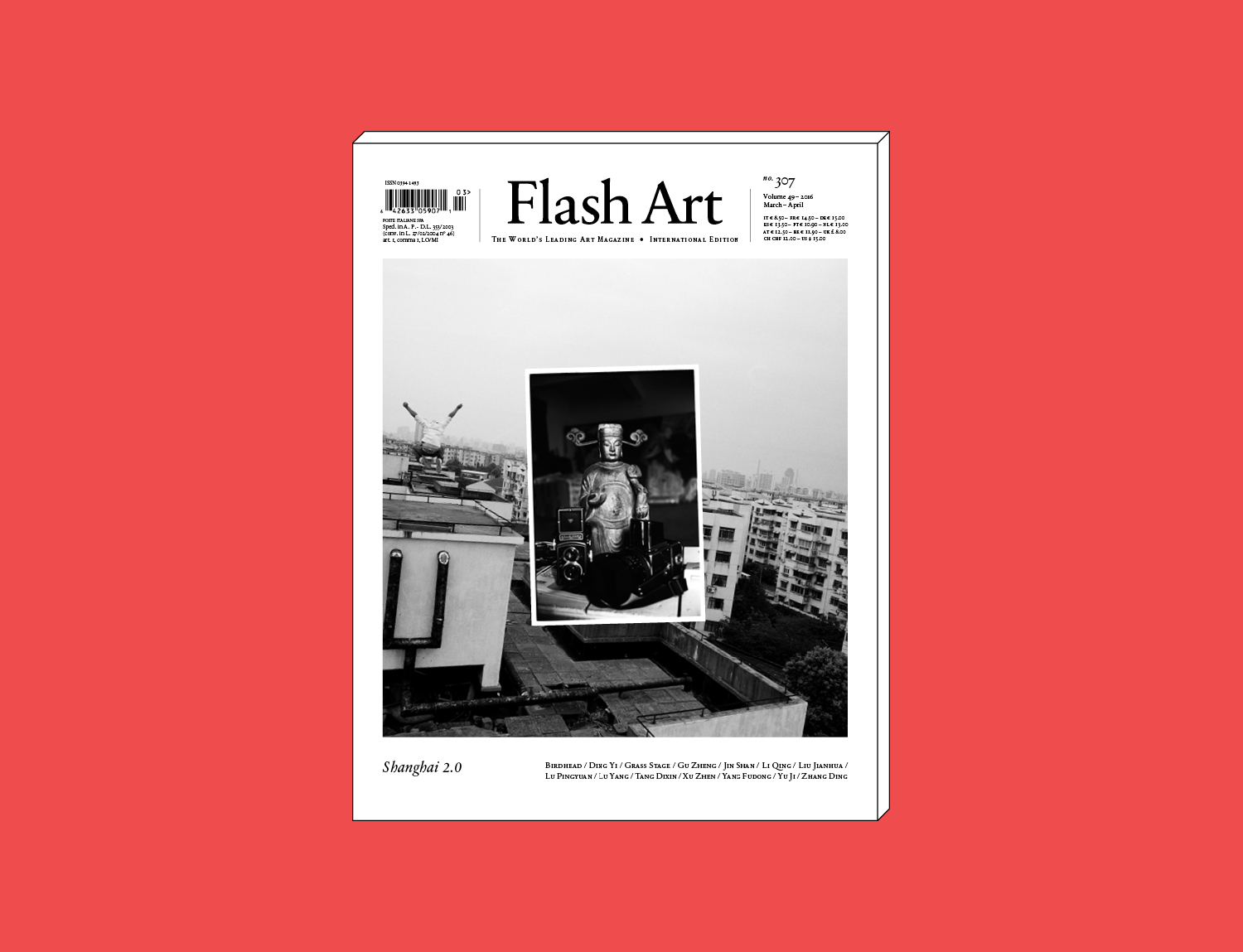Peter Nagy, Entertainment Erases History. Exhibition view at Jeffrey Deitch, New York, 2020. Photography by Genevieve Hanson. Courtesy of the artist; Jeffrey Deitch, New York; Magenta Plains, New York.
Peter Nagy, Entertainment Erases History. Exhibition view at Jeffrey Deitch, New York, 2020. Photography by Genevieve Hanson. Courtesy of the artist; Jeffrey Deitch, New York; Magenta Plains, New York.
Peter Nagy, Entertainment Erases History. Exhibition view at Jeffrey Deitch, New York, 2020. Photography by Genevieve Hanson. Courtesy of the artist; Jeffrey Deitch, New York; Magenta Plains, New York.
Peter Nagy, Entertainment Erases History. Exhibition view at Jeffrey Deitch, New York, 2020. Photography by Genevieve Hanson. Courtesy of the artist; Jeffrey Deitch, New York; Magenta Plains, New York.
Peter Nagy, Entertainment Erases History. Exhibition view at Jeffrey Deitch, New York, 2020. Photography by Genevieve Hanson. Courtesy of the artist; Jeffrey Deitch, New York; Magenta Plains, New York.
Peter Nagy, Entertainment Erases History. Exhibition view at Jeffrey Deitch, New York, 2020. Photography by Genevieve Hanson. Courtesy of the artist; Jeffrey Deitch, New York; Magenta Plains, New York.
Peter Nagy, Entertainment Erases History. Exhibition view at Jeffrey Deitch, New York, 2020. Photography by Genevieve Hanson. Courtesy of the artist; Jeffrey Deitch, New York; Magenta Plains, New York.
Peter Nagy, Entertainment Erases History. Exhibition view at Jeffrey Deitch, New York, 2020. Photography by Genevieve Hanson. Courtesy of the artist; Jeffrey Deitch, New York; Magenta Plains, New York.
Jeffrey Deitch, in collaboration with Magenta Plains, presents “Entertainment Erases History”, a historical exhibition of works by Peter Nagy. “Entertainment Erases History” focuses on the iconic decade in Nagy’s career in New York between 1982 and 1992. The works on view —entirely in black-and-white— critique traditional methods of representation by adopting a minimalist spirit of seriality and repetition. “Entertainment Erases History includes Nagy’s anti-commodity Xerox works of the early 1980s and progresses into the Cancer Painting series and later architectural paintings, museum floor plans and tongue-in-cheek timelines of contemporary art history.
Deeply self-conscious with a flair for wit and irony, Nagy’s works reflect the spirit of New York in the 1980s. Connecting with the propaganda tactics of artists such as Barbara Kruger and Louise Lawler and artists in the Nature Morte community such as Gretchen Bender, Ross Bleckner, and Steven Parrino, Nagy’s works reflect the trends of the decade. From the beginnings of a digitized information culture to the infatuation with logos and branding, his practice tackles the obsession with photo-mechanical reproduction, the degradation of information, the development of a hyper-inflated art star system, and the rise of institutional critique.


